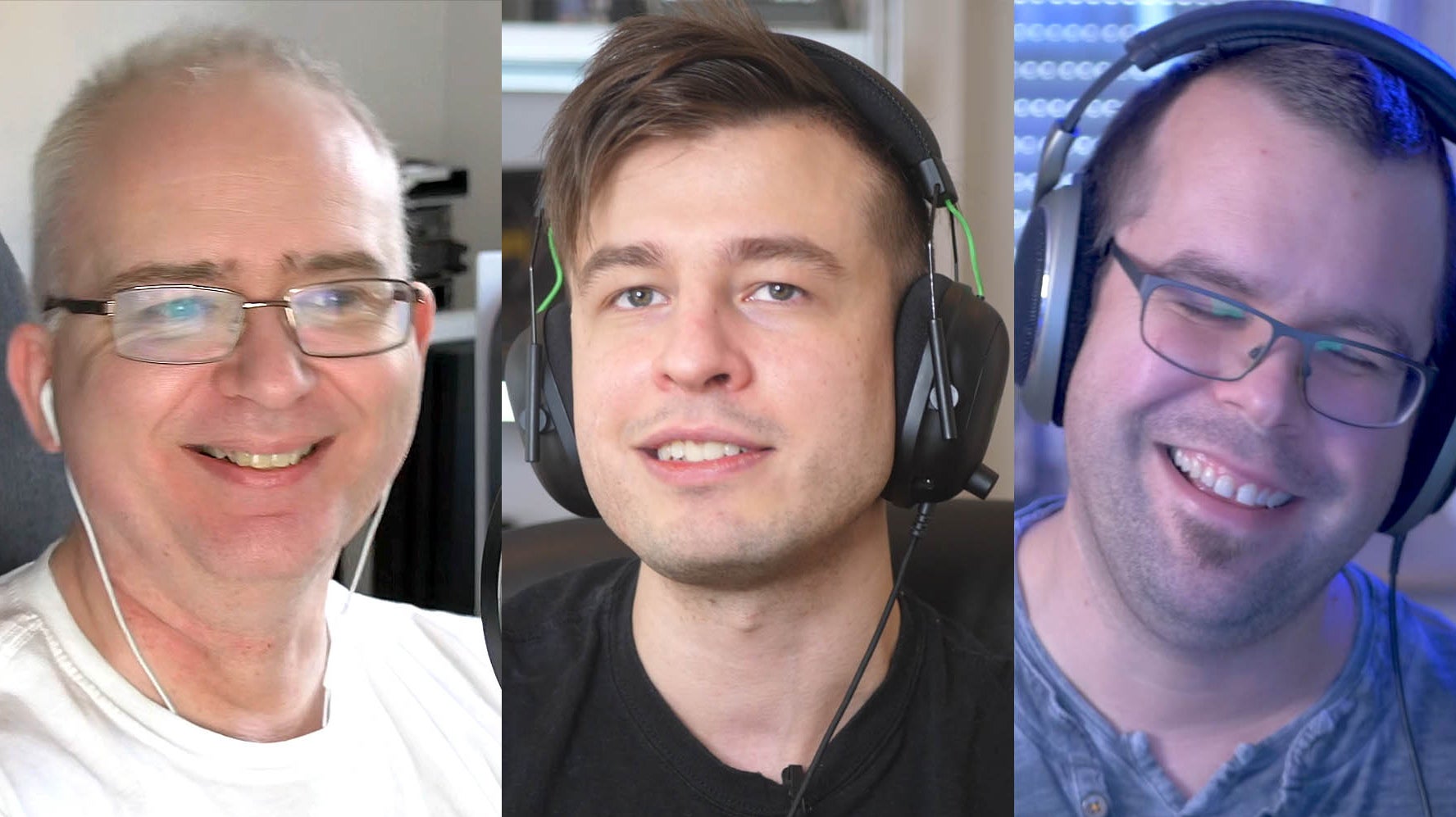Welcome to the latest Digital Foundry Direct Weekly, the regular unscripted show where the DF team sit down of a morning to discuss the latest gaming and technology news. We shot this one last Friday and obviously the big topic is The Game Awards, or ‘The Geoffs’ as they are colloquially known. Owing to timescales and time differences, we couldn’t actually watch the show (perhaps something Geoff should think about) but we did watch a compilation of all of the trailers, which included the phenomenal The Matrix Awakens. We’ve discussed this demo in depth already but couldn’t help but think that its achievements were somewhat muted when surrounded by the usual wave of impossible CG trailers. Not only that, we’d suggest that it also has a detrimental effect on ‘honest’ presentations like Forspoken – a handsome game but one that simply couldn’t have the same impact juxtaposed against fantastical presentations elsewhere.
It’s been a problematic issue for years now but over time, a solution of sorts has presented itself and it’s remarkably simple: transparency. Both Sony and Microsoft have delivered media that tells us if it’s running in real-time or if it’s ‘something else’. True, the definition of ‘in-engine’ has been pushed to extremes but it is, at least, a step in the right direction. And when a media briefing like Sony’s PlayStation 5 reveal effectively sees the entirety of the game content captured in real-time from console, it’s a genuine event. Is there a way to announce a game when there’s nothing to show? I thought that the reveal of the Wonder Woman game from Monolith managed that quite effectively.
Beyond The Geoffs, Alex wanted to clue us in on the arrival of DLSS for Horizon Zero Dawn on PC. This is quite an interesting development as to the best our knowledge, it’s the first time an AMD-sponsored title has seen an Nvidia proprietary feature added – and the implementation is rather good, surpassing the internal TAA solution for an overall cleaner image. There’s also a larger point at address here too: Sony is adding desirable features to its ports that Microsoft is not. Right now, we’ve yet to see DLSS incorporated into titles such as Halo Infinite or Forza Horizon 5 when both could stand to benefit immensely.
- 00:00:00 Introductions
- 00:00:33 The Game Awards reaction
- 00:21:18 Horizon Zero Dawn gets DLSS
- 00:32:22 PlayStation rumoured to make new subscription service
- 00:44:23 Bulk Slash English translation releases
- 00:46:08 DF Content Discussion: Halo Infinite and the physical disc situation
- 01:03:00 DF Content Discussion: Christmas content
- 01:05:56 DF Supporter Q1: Tom’s videos say “XBOX ONE” while everyone else goes with “XBOX ONE S”. Is it fair to assume Tom’s the only one using OG Durango?
- 01:07:12 DF Supporter Q2: What is the general level of support for surround sound setups in modern games?
- 01:11:09 DF Supporter Q3: How useful is dynamic resolution scaling?
- 01:14:16 DF Supporter Q4: Why do devs tend to limit dynamic resolution bounds so much?
- 01:20:19 DF Supporter Q5: Do you foresee more developers making use of or at the very least allowing users to play their games at above 60fps in cases where perhaps 120fps is not feasible?
- 01:23:23 DF Supporter Q6: Do you think poor response times of commercial LCD televisions at the time helped standardise 30fps during the Xbox 360 and PS3 era?
- 01:28:37 DF Supporter Q7: What is everyone’s favourite ever controller?
And what to make of the proposed, hilariously codenamed ‘Spartacus’ upgrade to PlayStation Plus? If the rumours are to be believed, it looks like Plus and Now will merge in some way, with extra content handed out to top tier subscribers. Notable, ‘day one’ releases will not be included, suggesting that the key appeal of Xbox Game Pass will not be replicated for owners of Sony consoles. There also seems to be something of an asterix applied to the concept of PS5 game downloads, further limiting the appeal. At the top end, there’s the suggestion of PS1, PS2, PSP and possibly PS3 titles (via streaming?) becoming available which opens up a further discussion point: will the quality of the emulators pass muster? The last great emulation platform from Sony was PlayStation Vita – its only major foray into the area since then has been the disappointing PS2 classics. That said, PS4 did have some interesting releases that injected HD textures into what I recall were PSP disc images. But ultimately, if catalogue games are to be included into this new PS+ bonanza, we’d hope to see investment in the emulation systems that deliver top-tier results – when you look at the appreciation for the original aesthetic found in products like the Analogue Pocket and the RetroTink 5x, much more could be done.
